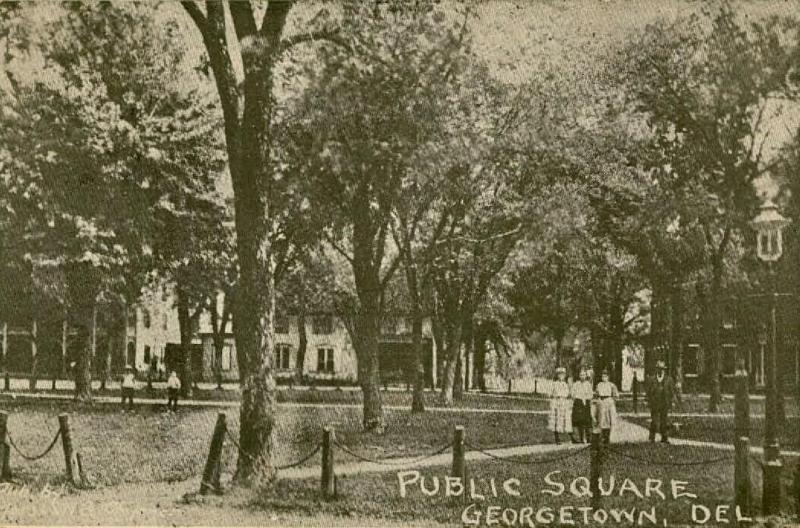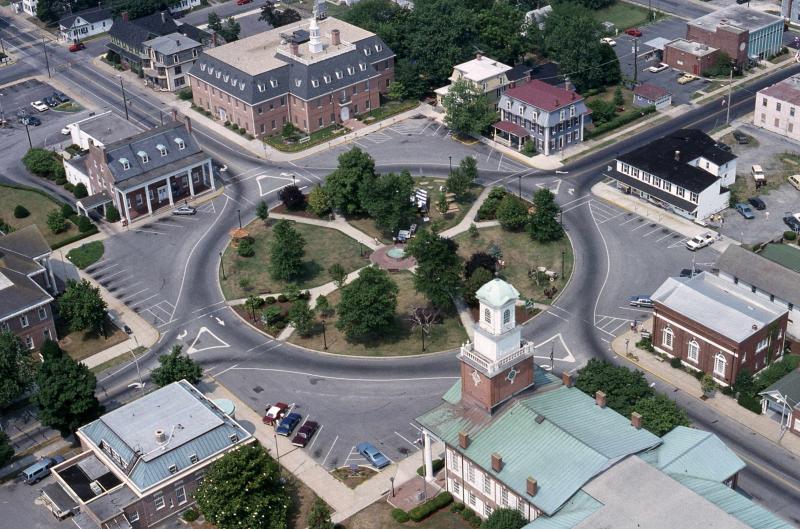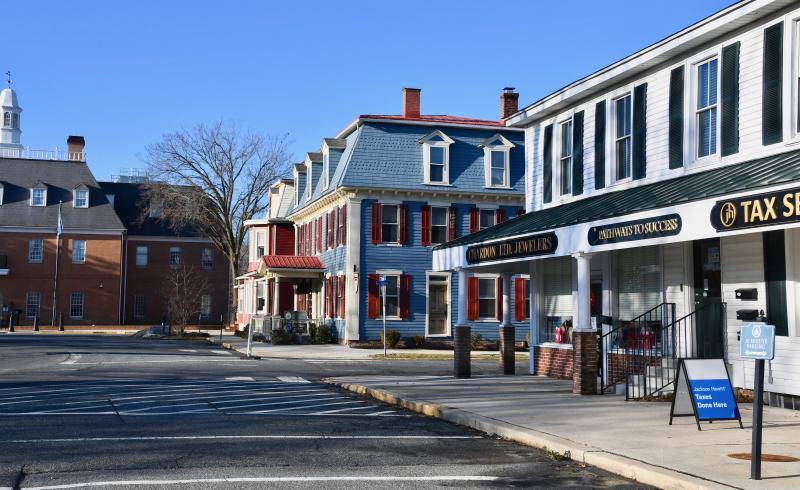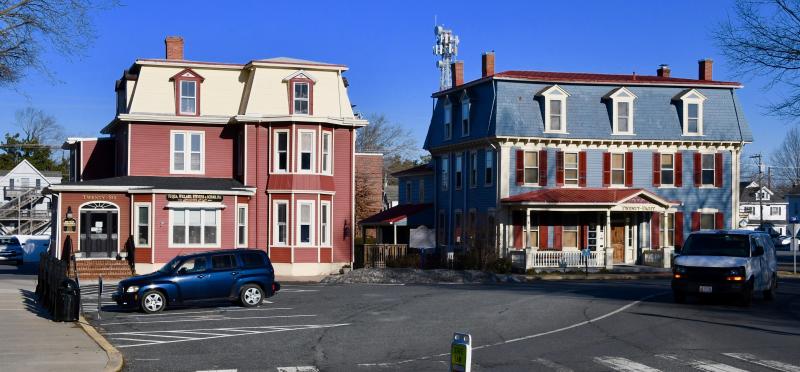History circles the ‘public square’
You have probably driven around it dozens of times, but have you ever wondered how The Circle in Georgetown got there? It has something to do with geometry.
The area was known as the public square for about 160 years before there was any mention of a circle, according to Georgetown Historical Society President Jim Bowden.
Georgetown and The Circle literally grew out of a field. In 1775, petitions signed by 979 county residents were presented to the Delaware General Assembly requesting that the county seat be moved from Lewes to a more centralized location.
That location, which is about 16 miles from everywhere in the county, eventually became Georgetown. An act was passed authorizing the move to a new site known as James Pettyjohn's old field. A group of prominent citizens appointed as commissioners was charged with purchasing 100 acres of land and constructing a new courthouse and jail in the center of the county.
The plan moved quickly, and on Oct. 26, 1791, Georgetown, named after Commissioner George Mitchell, became the official county seat.
The town plan included a grid laid out around a circle and with a circular outer perimeter.
The first building on The Circle was a courthouse, now known as the Old Courthouse. It was moved around 1836 to a site about 100 feet away on South Bedford Street to make way for a new courthouse, which is the centerpiece of The Circle today. The Old Courthouse underwent a later restoration.
It didn't take long for The Circle to become the focal point where most the county's legal and political business took place. The Circle and the courthouse were named to the National Register of Historic Places in 1973.
If some person or a group wants to make a statement or announce a run for public office, they usually go to The Circle.
A block from The Circle at the corner of Race and Market Streets was the county jail, where criminals were punished by serving time in stocks, or being tied to a post and whipped, or being hanged.
In the early years, the public square resembled a small forest with numerous trees and grassland.
Life around The Circle
According to Bowden, it wasn't until after World War II that reference to The Circle started to appear. “If you look at an aerial photograph, you can see that technically the area around The Circle is a square. Up until the 1950s, the term public square was used by lawyers to describe their location,” he said.
In the early years, many people lived in homes around the public square, including author George Alfred Townsend (1841-1914), a Civil War correspondent and author who wrote “The Entailed Hat” about the infamous Sussex County murderer Patty Cannon and Gen. Alfred Torbert (1833-80), a decorated Civil War Union general.
Some of the original houses are still on The Circle, being used as offices for lawyers and elected officials, including The Paynter House (painted red), built in the early to mid-1800s, and The Mansion House (painted blue), with sections dating back to 1799.
The Works Progress Administration had an office in the Wagamon's Building, now Chardon Jewelers, to help people find work following the Great Depression.
“This became a lawyer's town because of the county seat,” Bowden said, and the area around The Circle is still dominated by lawyer's offices.
“The Circle has been a silent witness to a lot of history,” Bowden said.
A bit of controversy
The Circle is also not immune to controversy from time to time. When the Town of Georgetown changed its public display policy and forced the removal of a 10-piece Christmas nativity scene from its annual placement, the local Good Ole Boy Foundation stepped up to present a living nativity on The Circle.
And in the “You Can't Make This Up” category, during the living nativity's first season in 2019, First State Satanists took over the other side of The Circle on Dec. 21 to celebrate the winter solstice.
A few feet off The Circle, a whipping post had been on display since 1993 on the grounds of the Old Courthouse. Because it was deemed cruel punishment and those whipped in Delaware included a disproportionate number of African Americans, several civil rights groups demanded its removal.
So on July 1, 2020, with hundreds in attendance, the last remaining whipping post in Delaware was taken from the ground. The stocks on The Circle were quietly removed around the same time.
History around The Circle
The Circle is lined with historic buildings, including the Brick Hotel built in 1836. It's been a tavern, Wilmington Trust Co. branch, temporary courthouse, an inn and most recently, a 14-room hotel and restaurant operated by Lynn and Ed Lester, which closed on Aug. 29, 2021. The building will now be leased to the state for office use.
During the Civil War, the building was known as the Union Hotel. It wasn't unusual for Union and Confederate sympathizers who’d had a little too much to drink to end up on The Circle in hand-to-hand brawls.
For those who believe in ghosts, The Brick is supposedly haunted, with many reported incidents of close encounters with spirits.
The Circle has also seen its share of the famous, including President Joe Biden on Return Day before he was president, and the infamous, such as Patty Cannon.
Delaware's first serial killer, Cannon died mysteriously while in custody in a jail cell a block off The Circle. Cannon, who operated a tavern in western Sussex near the Maryland line, captured runaway slaves and sold them back to their owners. Murder was not out of the question for the cold-hearted woman.
Return Day is unique event
The event that put The Circle on the map is Return Day, a one-of-a-kind festival held every two years.
Although the actual start date of Return Day is not known, it probably dates back to 1792. By Delaware law, voters were required to cast their election ballots in the county seat, and then return two days later to hear the results, hence the name Return Day.
Once the returns were read, the winners would parade around The Circle in horse-drawn carriages, and then gather with the losers and political party chairmen to bury the hatchet in Sussex County sand.
In 1811, voting districts were formed, but residents still gathered around The Circle two days after the election. The festive atmosphere developed into the Return Day we know today.
Winners and losers of each race, many riding together in horse-drawn carriages, antique cars or convertibles in a parade, still join together to bury the hatchet. While the parade is the highlight of the event, Georgetown shuts down the area around The Circle all day to make way for food vendors and entertainment.
As tradition dictates, free roast ox sandwiches are given away following the ceremony when election results are read by the town crier.
Changes are coming
Today, The Circle is still the hub of Sussex County, with county, federal, state and Georgetown government offices, along with three court buildings.
A new Family Court building is being planned a block off The Circle behind the courthouse on Market and Race streets. The $105 million, 100,000-square-foot facility with a 75,000-square-foot parking garage will take up an entire block in downtown Georgetown.
Several buildings, including the existing Delaware Attorney General's Office, will be demolished.
The Brick Hotel has been closed and will be leased to the state for Department of Justice offices.
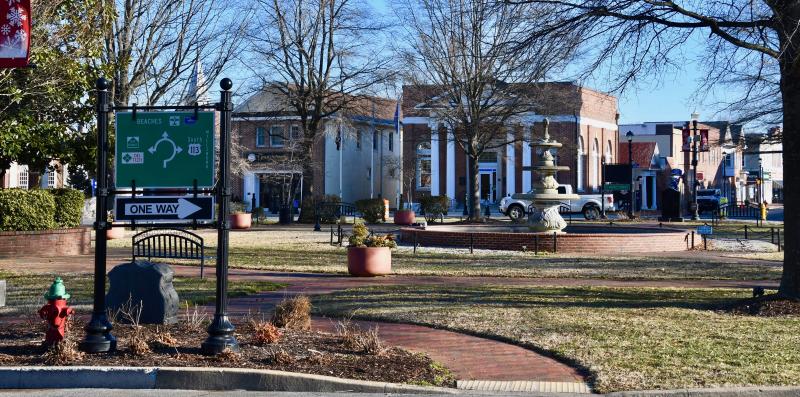
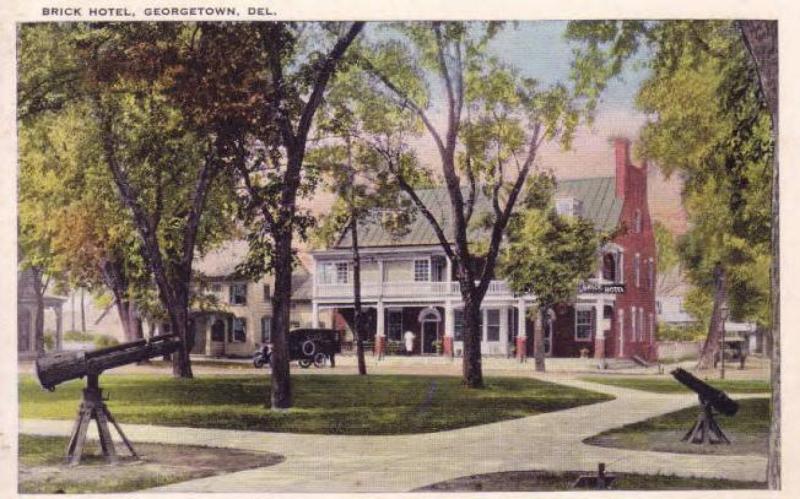
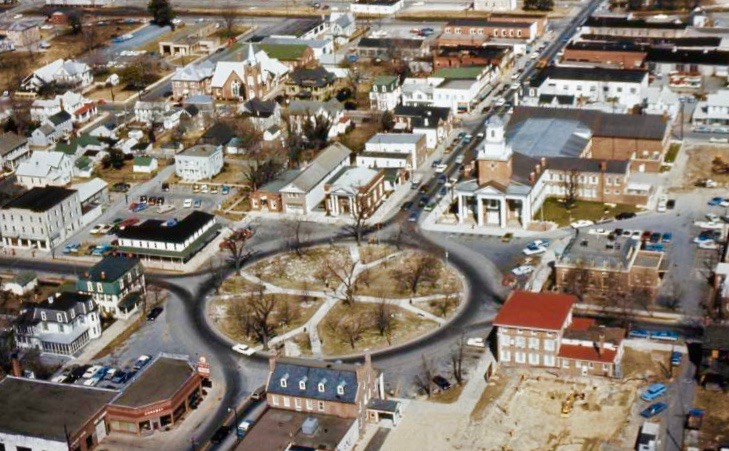


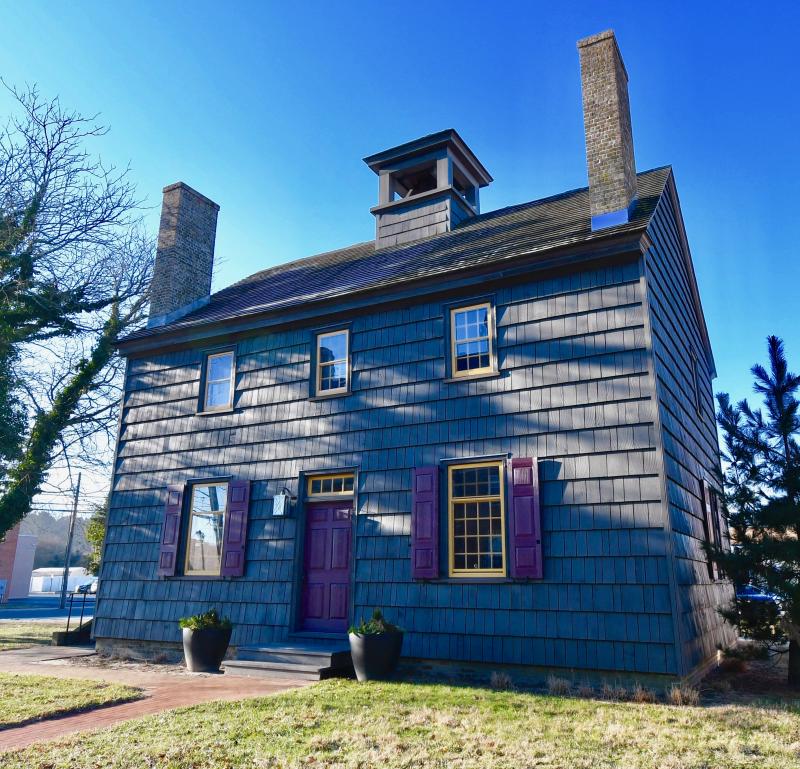
.jpg)
